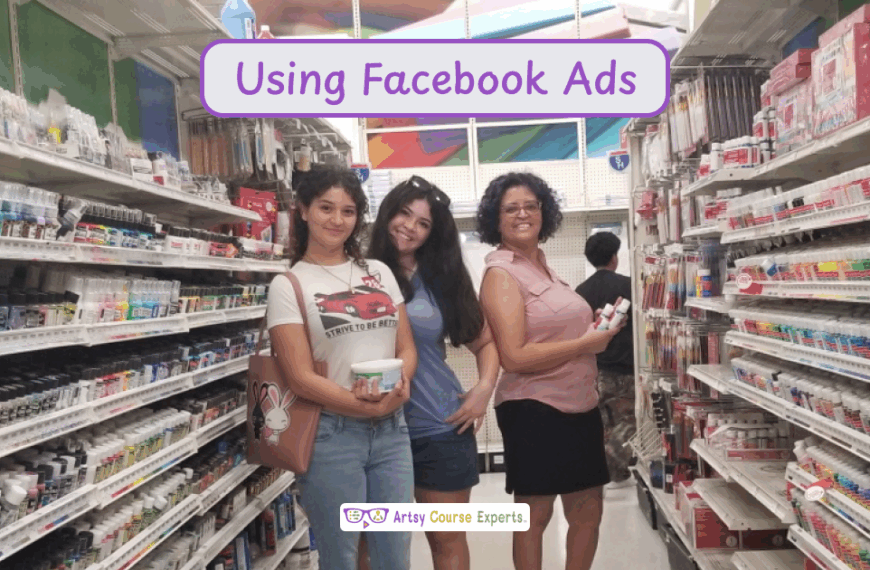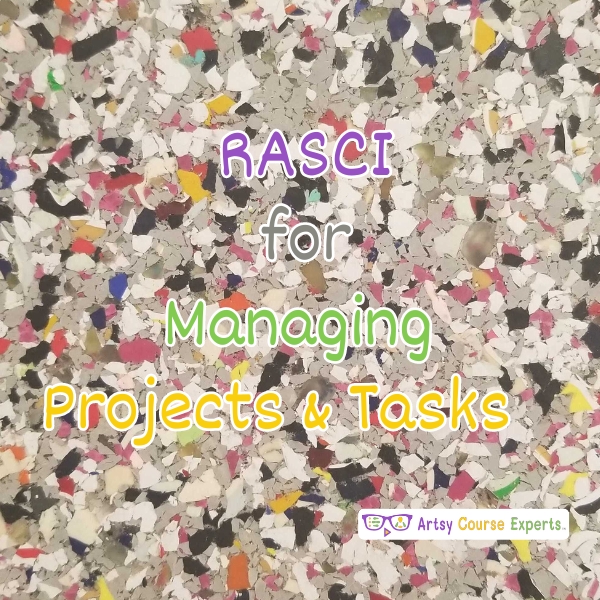As an online course teacher, you should be aware of video hosting options for your courses. Specifically, where should you upload your videos for your courses and how will your students see your lessons without any technical issues.
Here are some of the problems course teachers could experience if they setup videos incorrectly:
- Get more refund requests and bad reviews
- Create a backdoor for students to see lessons without paying
- Make your videos choppy and slow to watch
- Stop you from making backups of your course system
- Receive really expensive vendor bills
- Not know statistics about which lessons aren’t being watched
In this lesson, you’re going to learn about how to best host and serve videos for your online courses and other sites.
Firstly, we’ll review some of the basic features that you’ll need for video hosting.
Secondly, we’ll review when to integrate or decouple video servers from your Learning Management System.
Finally, we’ll summarize the best tips on how to leverage video hosting as you scale up your teaching business.
Video Lesson – How To Decide On Video Hosting Options For Teachers & Experts
What is Video Hosting For Online Courses?
First of all, what is video hosting and why is it important?
Video hosting is the technical term for where you actually store your videos. It’s like a file server on the internet where each video is saved.
As a teacher, you will use an LMS or video file-sharing website to upload your video lessons. These videos will then be stored on a video file server.
Eventually, when a student requests a video, that video will get delivered, streamed, and downloaded to your student’s device.
Your students will watch video lessons and not be aware of all the technical steps behind the scenes that were required to show lessons seamlessly.
One User Interface For Content and Videos
Integrating video hosting with the Learning Management System means that as a teacher you configure your curriculum and upload videos on the same system.
Underneath this may mean that videos are on the same server as the course HTML, theme styles, and PDFs. A more advanced system may however provide one teacher portal for configuration but actually serve data files from one server but videos from another 3rd party video server.
Your system will probably use one of these combinations:
- Everything contained in one system
- One system that seamlessly delegates videos to another provider
- One system which you configure to delegate videos to your other provider
Either way, having your LMS be the one main interface that teachers use is helpful because you control your class and all content through one integrated system.
But if your course catalog continues to grow to contain hundreds or thousands of lessons, managing both courses and videos on two separate systems will be more difficult as a creative teacher but could allow you to optimize for best features on two dedicated systems.

Price Considerations For Video File Servers
Managing videos and paying for multiple systems can get expensive.
You need to think about if you are ok with the value you get with a combined LMS with video hosting benefits or if you really need the features offered by utilizing two powerful systems.
You may also have to upgrade your tiers from professional to enterprise in order to add more courses, more videos, or faster delivery of videos.
A few terabytes on a web server may be cost-effective, but a web server with 100 terabytes may cost too much per month. Thus a video storage and CDN option may be cheaper as your video library grows.
Depending on where you are in your course business you may have different decision points. For example, new creative music schools may have limited cash, less complex demands, and a smaller library of lessons. However, a larger coaching academy may have more revenues and be able to pay for extra services and better video delivery.
Size of Videos
Having many lessons or utilizing long videos will mean that your videos are very large in size.
For example, a 1 minute video could be about 50 Megabytes, but a 20-minute video could be closer to 1 Gigabyte in size.
Here are some considerations that could affect your video size:
- Which compression technique (e.g. H.265?) is your video editing software using?
- What is the resolution or width and height of the screen? 720 lines, 1080 lines, or 4k with 2160 lines?
- How many frames per second (FPS) is your video? Usually, 30 FPS is fine but 60 can double the size
- Is your audio in stereo with 2 channels of 16bits at 44KHz or can mono with one audio channel and half the data work?
- Is your lesson a talking head that compresses very well or do you have lots of moving elements on screen?
If the total size of your videos gets large enough it may impact your platform. For example, if you are hosting your courses and videos on the same WordPress site, backing up your website could get tricky and backup storage space could get expensive with so much video data.
Security Issues For Videos
Some of the video hosting options may provide opportunities for non-students to view your premium lessons.
As an example, you may have course lessons that are behind a paywall so that students are required to pay to watch the videos. But if your LMS is using videos from another server, and if the videos or folders are misconfigured, it’s possible for someone to watch, extract, or resell your lessons for free.
This security issue could happen with a variety of video file-sharing sites including YouTube, Vimeo, Wistia, Dropbox, or AWS S3.
Here are some security tips to protect your hard work:
- Verify your folder of files is not public
- Verify your files are not public
- Do not mix your free content with your premium content, use different folders or accounts
- Consider including an overlay, logo, or watermark in the main part of the lesson
- Burn your copyright and company name into the end or beginning of your video
Video Hosting Speed & Quality
If you are offering courses you want the video quality to be excellent especially if you are charging for the courses.
Dedicated video hosting may provide Content Delivery Networks (CDNs) that provide students with a video server that is close to them so that the video files get to the student faster. Using a CDN will help students get better quality instead of just serving every customer worldwide with files from the same server location.
Here are some other video quality considerations:
- How long after clicking play does the video start?
- Is the video choppy and pause/buffer periodically to download the next segment?
- Is the video pixelated and overly compressed?
- Is the audio and video out of sync?
- When lots of students are watching lessons, does your course sales website get sluggish?
Video Playback Devices
Be aware that some student devices may render your videos differently. And even the same video on two different devices could display content differently.
As a teacher, your course lessons may play perfectly for you on your powerful computer with good internet. Also because your lessons have been cached for quick loading by your browser after testing your lessons several times. But new students may have a very different first-time video playback experience.
For example, video playback could vary by:
- Operating System – Android, Apple, Mac, Windows
- Orientation – Horizontal vs Vertical
- Internet Speed – Wi-Fi, Mobile Broadband, High-Speed Cable, Fiber
- Device Type – Phone, Tablet, Desktop, TV
- Browser – Chrome, Safari, Edge, Firefox, DuckDuckGo
Player Customization
Some teachers like to customize their video player to provide a highly themed and feature-rich video experience.
Customizations could include features like:
- Initial “thumbnail” image prior to video loading
- Theme colors of player and company logos
- Which media control buttons are shown like rewind or just play/pause
- Volume controls, mute, speaker selection
- How users toggle captions and multiple language captions
You should be aware that video player customization may not be available for all video hosting options.
In some cases, the LMS player controls the player design and features, but in other cases, the video server, video file format, and hosting player dictate which features are available.
Ultimately, if you prefer to customize the player for a highly visual teaching experience, then you may have to choose an LMS and video hosting option that work together to support your desired features.
Video Statistics And Analytics
You may be very interested to know how many people watched certain lessons and your LMS may or may not tell you that. So it can be really helpful that some video hosting providers will tell you exactly how many times each video was watched.
Knowing analytics about your videos can help you figure out where students are dropping off in your courses. For example, maybe your courses get boring or really hard or simply don’t work after the 3rd module, and most of your students stop watching after that point. Updating problematic videos will not only help you get more positive ratings, but students will achieve their goals, and maybe buy another course from you in the future.
Statistics about your videos can also inform you about security issues. For example, if most of your video lessons were watched about 300 to 700 times and you have about 400 students, it could be really strange that the videos for one of your courses was watched 3000 times. In this case, you may have had a security leak where your course was misconfigured as free or public instead of private for premium customers only.
Statistics about your videos can also be helpful to learn things like:
- Which teaching formats have more views?
- Which videos were watched more than once by students?
- Which lessons were least interesting to your students?
- Where are the majority of your students?
- Are your students watching more often on mobile, tablet, or desktop
Captions and Subtitles
Another video hosting consideration is whether your videos use captions and subtitles.
It may be important for you to support closed captions and subtitles. This is helpful not only for accessibility but also for foreign language students.
In order for captions and subtitles to work well you will first need a good video player on your course system.
Secondly, you may need to create one or more videos where subtitles are burned into multiple videos – one for each language.
Third, you may need to create or provide caption data files that get provided with every video file. These include the words that are shown at various time points in the video.
Hosting Options
So what are some hosting options as a course teacher?
Well, they fall into two types of groups.
The first group is they’re connected and built into your learning management system.
And the other group is when videos are hosted outside of your learning management system. They’re hosted on a different server, but for the student, they’re all part of your course system.
In either case, when the student clicks play on a lesson, the systems pull the video from a server (same or different), and the student sees and hears the video that was just downloaded.
Learning Systems With Builtin Video Hosting
Some video hosting options provide a unified interface for teachers.
Teachers simply create courses, specify curriculum lessons, and upload videos and PDFs all on one portal.
Note that underneath the LMS may still use the same server or different servers for different types of content.
However, teachers will still have a streamlined and simple user interface where they control all their media from one web portal.
Here are some examples of systems where teachers can use one simple interface without worrying about external video files:
Course Systems with External Video Hosting
Sometimes you may need a reliable video hosting service outside of your Learning Management System (LMS).
A good reason to do this is that you dont want your course server to get bogged down serving hundreds or thousands of videos that the server has trouble selling courses and providing fast video downloads for your students.
Teachers may have to upload videos using one video hosting portal like Vimeo, and then provide video player links to the videos inside the course system like WordPress. Students would access the course through the LMS, and when they click play would see the video that is automatically downloaded and streamed from the other video server.
External Video Options:
What about Video Hosting for Websites and Communities?
It doesn’t matter what type of teaching services you provide, whether you have a teaching site, course site, or community, you will still have to think about video hosting.
After in-person or real-time video communications, recorded videos may be the second best form of teaching many things compared to teaching with emails, text, and slides.
Teacher sites can use videos for:
- Introductions to the teacher
- Use cases showing how students have improved
- Video testimonials
- Free video lessons on the blog and social channels
- About specific teaching and coaching services
Communities can also use videos in posts, teacher prompts, and ask me anything (AMA) responses.

Frequently Asked Questions

Summary – Figuring Out Your Course Video Hosting Options
Hopefully, this lesson has expanded your thinking so that you know about some of the video hosting options as a teacher.
Remember that these video hosting options are important for courses but can also help you with your community and teacher website.
We’ve reviewed some of the important considerations like quality, security, price, size of videos, and caption support.
You also heard about the benefits of integrating your course and video server so that users and students experience a better user interface. You can also decouple your site from your videos, which is more complex but could help you scale to get the best of both worlds.
Here are a few of the most important tips when thinking about how your videos are hosted:
- If you’re a beginner teacher, then start with an integrated video file experience
- As you grow your total courses, consider decoupling videos from your LMS
- Careful with free hosting options like YouTube, which may expose your premium lessons for free
- Have a rough idea about how many videos you have and the total size of all videos
- Pay attention to support tickets about your video quality, choppiness, latency, and playback errors
- If you use captions and subtitles, do testing before switching your video hosting provider
- Test your videos on different device types and operating systems
For more creative teacher help building, operating, and growing your online courses, check out our ArtsyCourseExperts blog and subscribe to our email for regular tips.
More Tips For Online Teachers
The following lessons can also help you make the most of your videos and technology:
- Creating An Online Course – Welcome Video
- Course Audio, Video, and Server Analysis
- Captions and Subtitles For Online Course Creators
- Microlearning – Teaching One Small Thing Per Lesson
- Planning New Online Courses Using SWOT Analysis
- Online Course Auto Play And Auto Complete Settings
- How To Outsource Online Course Work For Creative Teachers
- Checking The Quality Of Your Online Course Lessons
- Handling Course Maintenance And Outages











